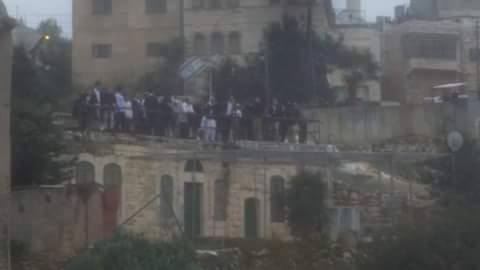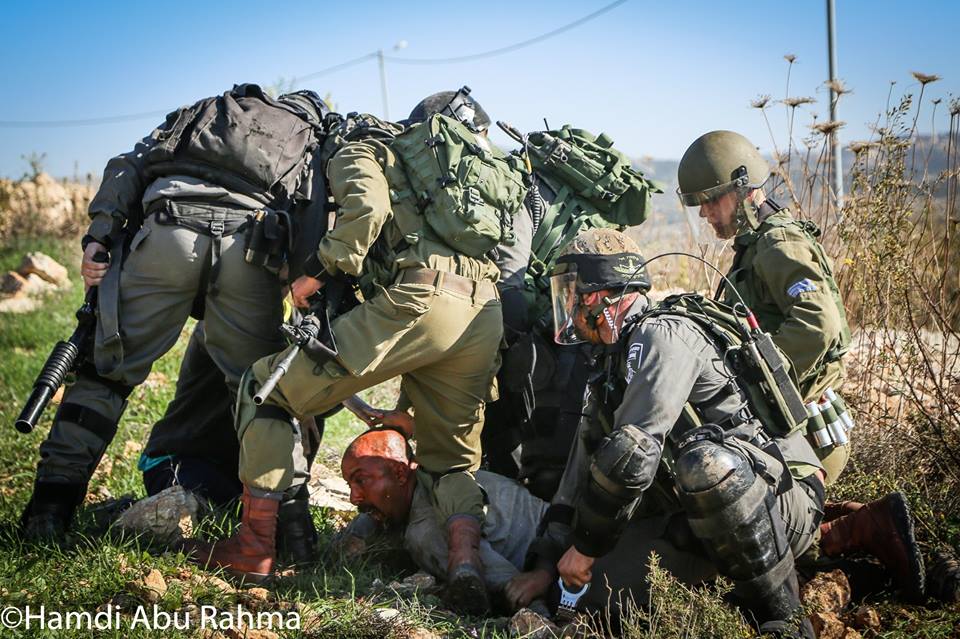Tag: Israeli Army
-
Eye-witness account of a murder: ‘They didn’t want her alive, they want her dead, they meant to kill her”
16th November 2015 | International Solidarity Movement, al-Khalil team | Hebron, occupied Palestine On 25th October 2015, 17-year old Dania Arsheid was gunned down by Israeli forces in front of the Ibrahimi mosque in occupied al-Khalil (Hebron) and left to bleed to death. One of the shopkeepers nearby the Ibrahimi mosque witnessed the events leading…
-
“When soldiers see a camera they come to you like a beast”
16th November 2015 | International Solidarity Movement, Al-Khalil team | Hebron, occupied Palestine Since the beginning of October Israeli soldier- and settler violence has increased sharply and resulted in even further restrictions on Palestinians’ everyday lives in occupied al-Khalil (Hebron). Imad Abu Shamsiyyeh, a volunteer with the Palestinian organization Human Rights Defenders, has been documenting…
-
Internationals and Palestinian arrested in Bil’in demonstration
13th November 2015 | International Solidarity Movement, Nablus team | Nablus, occupied Palestine Update: 15th November 2015 | International Solidarity Movement, Nablus Team | Nablus, occupied Palestine Four human rights defenders arrested in Bil’in on 13th November when peacefully observing a demonstration against the apartheid wall have been let out on bail. All were held…



